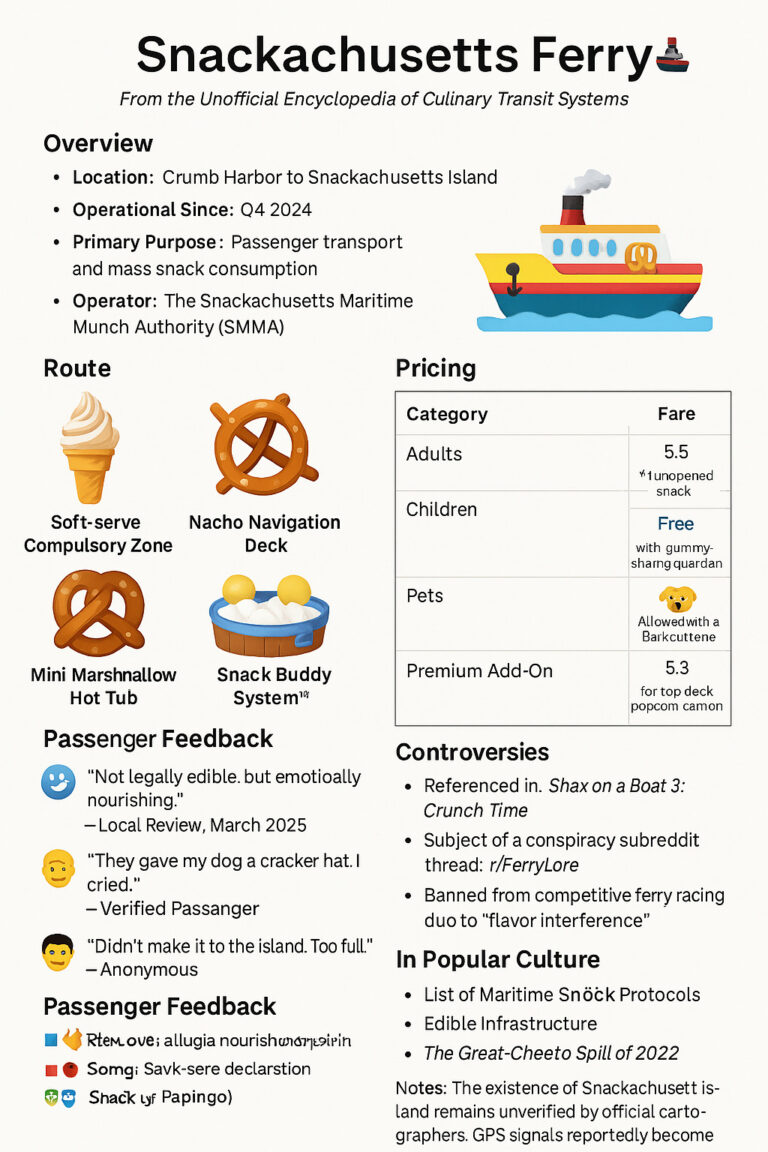Best Practices for Implementing and Managing a NetSuite Procurement System
Procurement management is crucial for any organization seeking to harness efficiency and optimize cost savings. With the advancement in cloud-based enterprise resource planning (ERP) solutions, the NetSuite procurement module has become a game-changer for firms aiming to streamline their purchasing processes. As a comprehensive tool, it demands a strategic approach to implementation and management to leverage its full potential. Keep reading to grasp the best practices for setting up and administering a NetSuite procurement system that can profoundly transform your procurement landscape.
Understanding NetSuite Procurement System Fundamentals

At its core, NetSuite procurement aids businesses in automating and managing purchase processes, from requisition to payment. This system simplifies the complex scenario of managing multiple vendor relationships, purchase orders, and inventory levels. Understanding its fundamentals involves recognizing its capability to integrate with various modules to offer a unified platform for business operations.
Moreover, NetSuite’s procurement solution is designed to adapt to various industry needs, supporting various procurement practices. Key functionalities, such as vendor management, contract negotiations, and spend analysis, are inherent features geared toward improving procurement efficiency. Familiarizing oneself with these features is essential in maximizing system utilization.
Effective use of the NetSuite procurement requires a solid grasp of its reporting and analytics capabilities. Decision-makers rely on real-time data for making informed purchasing decisions. Therefore, understanding how to extract and interpret this data is indispensable for procurement professionals.
The system’s fundamentals extend to its native flexibility and scalability. As businesses grow and evolve, the procurement system should seamlessly scale to meet expanding needs, and NetSuite offers customization options to cater to such requirements. Mastery of these fundamentals is the foundation upon which successful implementation is built.
Customizing NetSuite for Your Business’s Procurement Needs
Each business has unique procurement processes and demands. Customization is key in tailoring NetSuite’s procurement system to align with specific operational workflows. It involves adjusting the system settings to fit the company’s purchasing policies, approval hierarchies, and preferred procurement methodologies.
To begin with, analyze your current procurement processes and identify areas that require automation or improvement. By doing so, your NetSuite system can be configured to address these specifics, thereby enhancing efficiency. It’s imperative to engage stakeholders from different departments during this phase to ensure that the system supports cross-functional needs.
Continual refinement is also a part of the customization process. As your business grows and procurement criteria evolve, the NetSuite system should be reviewed and revised to maintain alignment with new business objectives and market conditions. A responsive and agile approach to customization ensures the procurement system remains a potent tool for the enterprise.
Ensuring Compliance and Security in NetSuite Procurement

Compliance and security are paramount in procurement, given the sensitivity of financial transactions and the data involved. When implementing NetSuite procurement, it’s essential to configure the system to comply with industry regulations and company policies. This safeguards the organization against legal ramifications and maintains the integrity of procurement operations.
The NetSuite platform has built-in controls that help enforce compliance-related measures. Features like role-based access and audit trails are potent tools for establishing a secure procurement environment. Correctly assigning permissions ensures that only authorized personnel have access to sensitive procurement information, thus mitigating the risk of unauthorized activities.
Developing a compliance framework within NetSuite can further streamline adherence to regulations. This entails codifying policies, setting up automated alerts for deviations, and maintaining thorough documentation for audit purposes. Such a structured approach to compliance not only aids in risk management but also enhances overall procurement governance.
Implementing and managing a NetSuite procurement system demands thoughtful consideration and continuous effort. These best practices should serve as a framework for optimizing procurement operations. Altogether, careful execution of these strategies will lead to a procurement system that not only supports your business’s operational needs but also contributes to its strategic goals.





